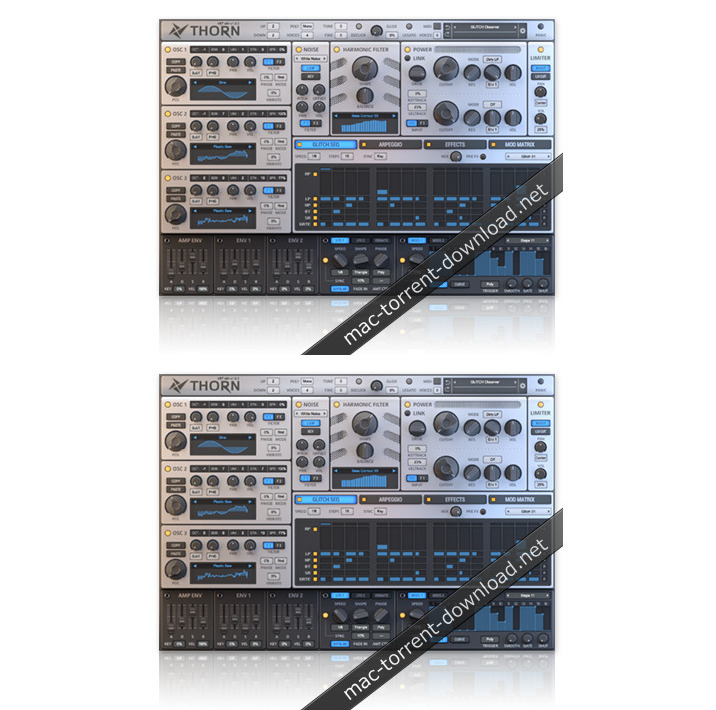

And some feature mumbled banter interrupted by excited shouting. Once Spotify is producing a signal, you’ll see all the connections turn orange and a rudimentary graphic EQ will show up on the bottom. Be aware that, until Spotify is playing audio, nothing will happen. To get rolling, I’ll click the record button in the lower left corner of the window. To set up the Recorder block’s behavior, click on it to reveal a massive pane of options. This way, Recorder will record the audio after our last effect, rather than after our output. Drag that over into our lineup so that it comes after Denoise but parallel to our output device. I’ll click on it and tick “on” to “off.” The block will turn grey to indicate that it’s disabled.įor one last trick, let’s set up a recording. Under Outputs in the library pane, you’ll find the Recorder block. Let’s click on the EQ and and slide some sliders, as our creator intended.Īlso, let’s turn off the Denoise feature. Now, I’ll select the application I want to use by clicking on the Application block and choosing an application. I’ll also delete the now-disconnected System Audio block by right clicking on it and choosing “Delete This Block.” I’m going to narrow down the scope to one app by dragging in an Application block from the right-hand library pane. I just want this to affect Spotify, so that’s a little broad. On the left we see that our input is, again, System Audio. This creates a basic set of effects, including an EQ and Audio Hijack’s own Denoise filter. And all audio nerds love EQs, so let’s add one.įirst, we’ll open the Sweeten preset in Audio Hijack’s welcome screen.
Audio hijack pro mac#
Situation 2: Gratuitous SlidersĪs great as Spotify is, the lack of a built-in Mac EQ is a pretty glaring oversight. These three parts are essential to any Audio Hijack Session: input, effect(s), and output. If you need even more, you can click 3x or 4x to set the max level to 300 or 400, but be careful not to blow out your speakers.įinally, we see that the final block is Output Device. In this case, it’s the internal speakers of my laptop. In this case, it’s called “Volume,” and, by default, it provides a slider from 0 to 200 that allows us to adjust the system volume.

In this case, our input block is “System Audio,” meaning any sound the computer makes. The session reads from left to right, starting with the input. We can use this simple preset as a starting point for reviewing Audio Hijack’s core concepts. With properly-leveled audio, this could very well damage your speakers, but it won’t do anything until we engage the effect with the circulate button in the lower-left. By default, it will increase the system volume by 200%. This opens a new window showing us the meat of our preset. We’ll select the “Increase Volume” session template. A “session” is just a set of affects applied to a particular input and given to a particular output. We’ll start by creating a new session in Audio Hijack Pro. Like, “Everyone shut up so I can hear the explosions.” Audio Hijack can fix that for us.

Situation 1: This One Goes to 11īack in the day, Netflix was extremely quiet on my computer. It can be as simple as “make it louder” to as complicated as multi-band compression over several channels and outputs. It’s the one-stop shop for adjusting your Mac’s audio and adding an EQ to your Mac.
Audio hijack pro pro#
And while you might be able to edit audio on a Mac easily, applying those same effects to your system’s audio isn’t possible without the use of a third-party app.Īudio Hijack Pro is that app, allowing you to add a Mac EQ and other audio effects. Apart from the iTunes graphic equalizer, you’ve got few options for built-in control. If you’re audio-savvy, you might be disappointed by the lack of audio controls (like a Mac EQ) native to macOS.


 0 kommentar(er)
0 kommentar(er)
